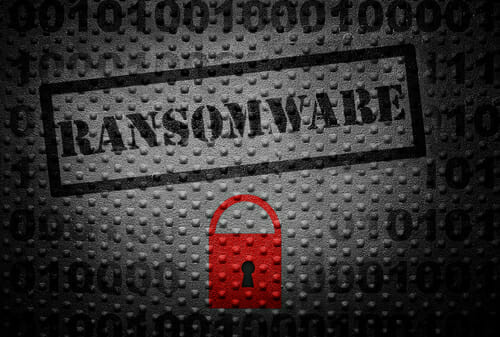DPRK hacking for profit. MedusaLocker warning. C2C market notes. Cyber conflict in the Middle East and in Russia’s war.
Dateline Ashgabat, Moscow, Kyiv, and Washington: Russia restates its security objectives.
Ukraine at D+127: Strikes against civilians along the Black Sea coast. (The CyberWire) Having withdrawn from Snake Island (as a humanitarian gesture, says the Kremlin; because the Ukrainians drove them out, says basically everyone else) Russian forces struck an apartment building along the Black Sea coast with Kh-22 Kitchen missiles, killing at least nineteen noncombatants, Norway recovers from what looks like a deniable Russian state DDoS attack, and NATO plans its rapid cyber response capability.
Russia-Ukraine war: what we know on day 128 of the invasion (the Guardian) At least 19 dead after Russian missile strikes multi-story apartment building in Odesa; Russian forces withdraw from Snake Island in Black Sea
Russia-Ukraine war: List of key events, day 128 (Al Jazeera) As the Russia-Ukraine war enters its 128th day, we take a look at the main developments.
Russian missiles kill at least 19 in Ukraine’s Odesa region (AP NEWS) Russian missile attacks on residential areas in a coastal town near the Ukrainian port city of Odesa early Friday killed at least 19 people, authorities reported, a day after Russian forces withdrew from a strategic Black Sea island.
Russian forces withdraw from Ukraine’s Snake Island (Washington Post) Russian forces say they have withdrawn from Ukraine’s Snake Island, a highly contested speck of land in the Black Sea they captured shortly after the start of the war — presenting a small but strategic win for Ukraine on Thursday.
Ukraine “big victory” at Snake Island could be a turning point (Newsweek) Russian troops’ ejection from the Black Sea island is of major significance, Ukraine’s former defense minister told Newsweek.
Why Ukraine’s Snake Island victory could be a major blow for Putin (The Telegraph) In Ukrainian hands, the threat to Moscow’s Black Sea fleet will go up, and the risk of an amphibious assault on Odesa will go down
Snake Island: Why Ukraine just won’t let it go (The Telegraph) The rocky Black Sea outcrop where 13 Ukrainian border guards famously refused to surrender has taken on a new significance





